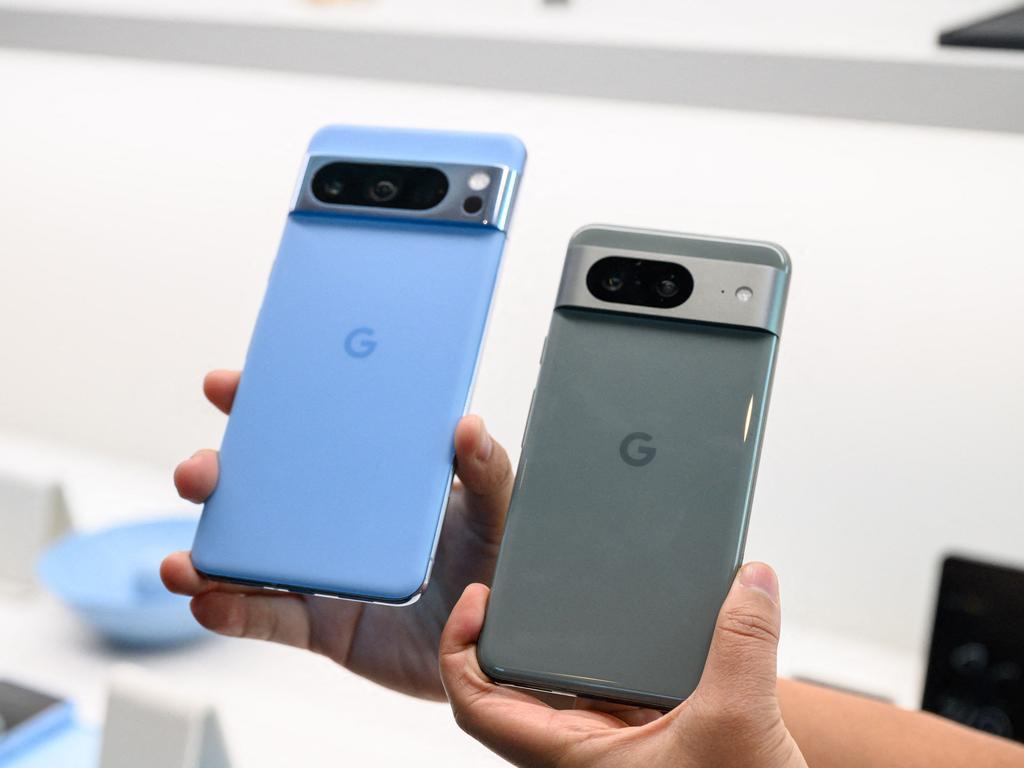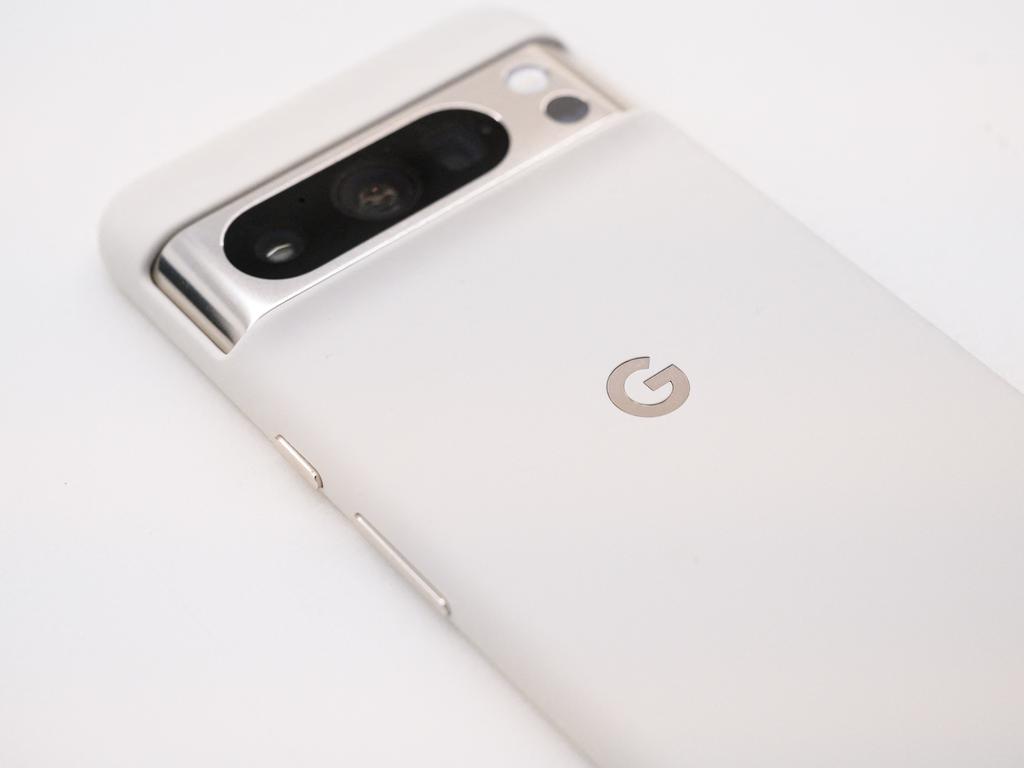Google Pixel 8 and 8 Pro’s wild AI camera feature
It’s a brand known for its low prices and incredible camera phones but their latest offering breaks the mould.
We may receive payments from third parties for sharing this content and when you purchase through links in this article. Product prices and offer details are not assured, and should be confirmed independently with the retailer. Learn more
REVIEW
Google Pixel phones have a reputation for being full-featured smart phones at low prices with some of the best phone cameras available. But this year’s Google Pixel 8 (from $1199) and 8 Pro (from $1699) do two things we have never seen before in phones, which might justify this year’s price rises.
First of all, the Google Pixel 8 and 8 Pro are both designed to utilise AI more extensively than any other mainstream phone available in Australia.
AI has been incorporated into every layer from filtering out background noise on calls and videos, to stitching together several different family photos to make one photo where everyone is looking at the camera and smiling in a mode called Best Take. Whether or not that last part sounds like a good thing to you will depend on whether you want to capture real moments as they happen, or manufacture a mirage of perfection to share on social media (both are perfectly acceptable).

Google Pixel 8 and 8 Pro camera
The camera system itself on the Pixel 8 consists of a main wide 50MP camera and a 12MP ultrawide. The 8 Pro has a 50MP wide, 48MP ultrawide and 48MP telephoto, with a 5X optical zoom.
Comparing straight tech specs, the main camera is roughly comparable to the iPhone 15 Pro (from $1849) and regular iPhone 15 ($1499) 48MP main camera, but is dwarfed by the 200MP Samsung Galaxy S23 Ultra (from $1949).
The extra MP on the Pixel 8 Pro telephoto on straight numbers crushes both the 12MP iPhone 15 Pro Max (from $2199) and 10MP Samsung Galaxy S23 Ultra. But the S23 Ultra can go to 10X zoom (and even 100X, if you can stand the visual noise), and the iPhone’s tetraprism zoom returns a somewhat more natural looking photo, to my eye, and I found that the 5X zoom auto focus worked better on the iPhone.

The selfie cameras are practically identical between both the base and premium models of all phones tested, 10.5MP for Google, and 12MP for Apple and Samsung. So, you’ll get slightly larger, sharper images from both Apple and Samsung’s latest phones.
But, while the tech specs are important, because software can only overcome so much, it all comes down to how each image is processed.
Google has leaned heavily into AI and image correction, which I have a lot of concerns about, though unedited images look utterly superb and not overly processed. Photos of people on the Pixel tend to look a bit too airbrushed and processed for my taste (though, my wife is a big fan), but landscapes and animals look as good as it gets.


The iPhone tends to do less processing but some images come out a little too sharp at times, and there is almost no correction done on skin which can be a bit surprising when you’re not ready to confront the seven signs of ageing.
I find that Samsung photos tend to over process everything and are my least favourite out of the three flagship choices this year.
Unique features
One slightly odd new feature on the Pixel 8 Pro is a temperature sensor, which sounds like a really useful thing to have to tell if someone has a fever or something. However, it is apparently only to sense the temperature of objects, and isn’t designed to test food safety, which leaves very few useful purposes for such a feature.
It’s a fun toy to play with though: my desk is 20.4C, and my skin (which is obviously what most people are going to measure with the thermometer app) is 27.6C, which either means that I’m dying of hypothermia, or it’s not very accurate. Like most health sensors in phones or watches, the Thermometer app in the Google Pixel 8 Pro is purely for entertainment purposes, but as long as you know it’s not accurate, you can have fun.

Probably the best new feature, though, is that this phone is designed to last. Samsung phones come with four years of full operating system (OS) updates, while Apple has, in the past, updated phones for the longest with roughly five years (though this isn’t advertised and is just based on past performance). But with the new Pixel 8 and 8 Pro, Google has come to the party with a whopping seven years of OS updates, not just security updates.
That means that if you really like this phone and manage not to break it, you can potentially enjoy it for seven full years, which is huge in this cost-of-living crisis. Seven years OS support is unprecedented in smartphones.
Given that it’s been a long time since there was a major hardware update in smartphones (folding phones excluded), making phones that you can hold onto and fully use longer makes sense. It’s a brave move in a world full of disposable tech with built-in expiration dates. This has also been backed up with a promise of spare parts for repairs being available for seven years, which really bodes well for this commitment to longevity.
The Google Pixel 8 and 8 Pro are both solid phone choices with great cameras, and some promised longevity. If the features sound like what you’re after, they’re both available in store from Thursday, October 12.
Originally published as Google Pixel 8 and 8 Pro’s wild AI camera feature




